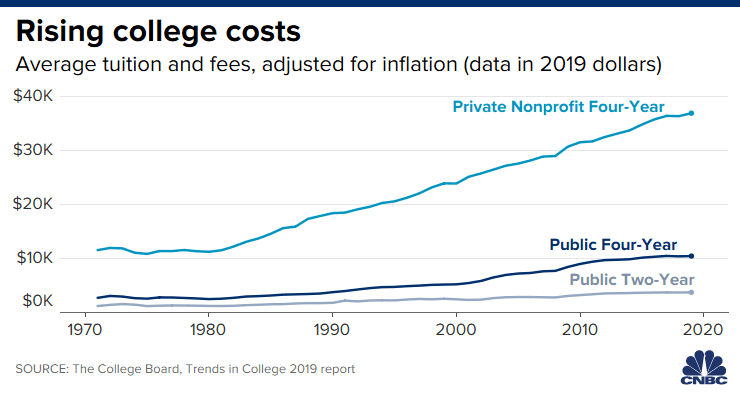It looks like you're new here. If you want to get involved, click one of these buttons!
Exploiting Overseas Foreign Workers still goes on today. Perfectly legal in many places. Permitted, acknowledged, expected. But if the economy turns south and there's a cut-back in hours, those workers, under contract, are slaves, tied to that location. Bed and food provided. But when they don't make much money? Well, they simply don't make much money. It was happening under the U.S. flag in Saipan until the GWB years, when the gummint put a stop to it--- in THAT particular place. No cheap labor? Then we'll go elsewhere, said the clothing companies.+1 I think capitalism in the US became too used to free/low cost labor based on the prevalence of slavery, indentured servants and convict leasing-and thus American capitalism doesn't value labor.

Thomas Jefferson and the University of Virginia (1888)Jefferson devised an ingenious plan whereby the boys of best talent, the sons of the people, might be discovered and sent forward, although poor, to preparatory colleges, and finally to the University of Virginia. Such a plan is now in practical operation in the, State of New York, in connection with Cornell University, which accepted the agricultural college land grant upon the condition of free education to talented graduates of local high schools and academies, and also prevails in many other States, where young men receive the benefits of the higher education, without charge for tuition, at the State universities and agricultural land-grant colleges. Natural selection and the survival of the fittest are great needs in American schools, colleges, and universities. Jefferson's ideas, if they should ever be realized throughout the country, will deliver us on the one hand from the over-education of mediocrity, and on the other from the under-education of genius. It is the duty of democracy to evolve from itself the highest talent, not only for government and administration, but for the advancement of science and the arts.
The ones I've got are red metamorph. I actually like the acrid aroma. And I'm using pots on the deck, we own no land.@Crash: Marigolds! If what you planted are anything like the calendula* seeds I put out ~ 15 years ago, they reseed like mad and make a good cover you'll never have to replant.
* A marigold native to North America, only distantly related to some of the available ornamental marigolds. Common names can be a bit misleading ...
© 2015 Mutual Fund Observer. All rights reserved.
© 2015 Mutual Fund Observer. All rights reserved. Powered by Vanilla